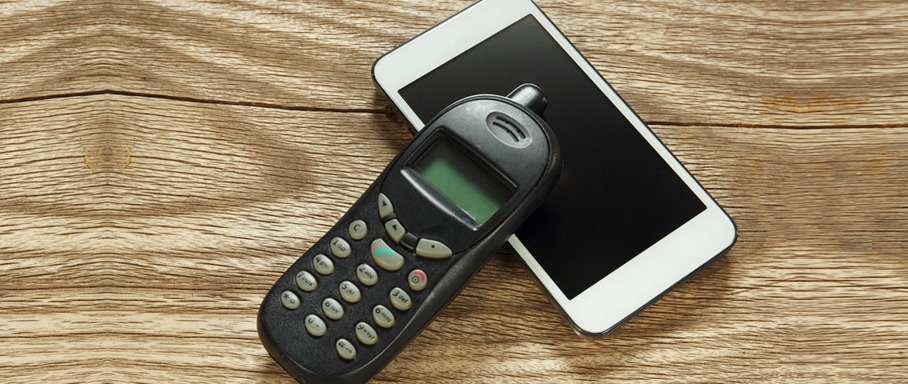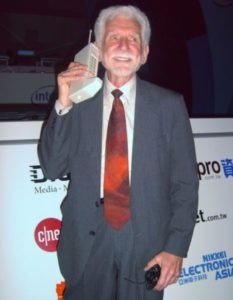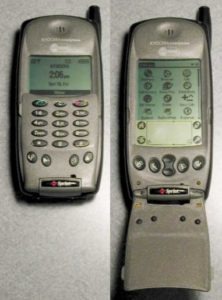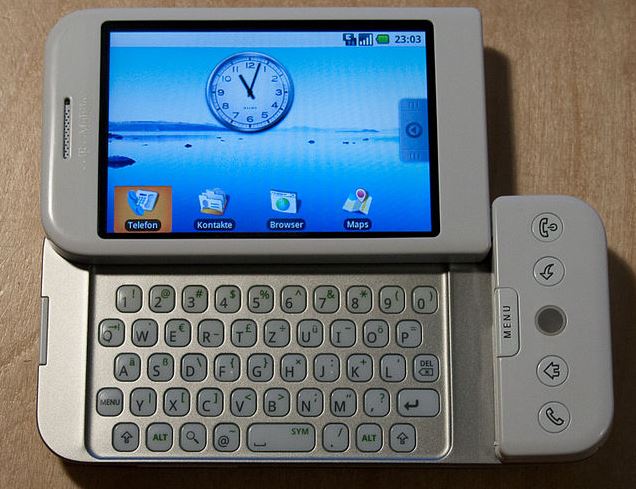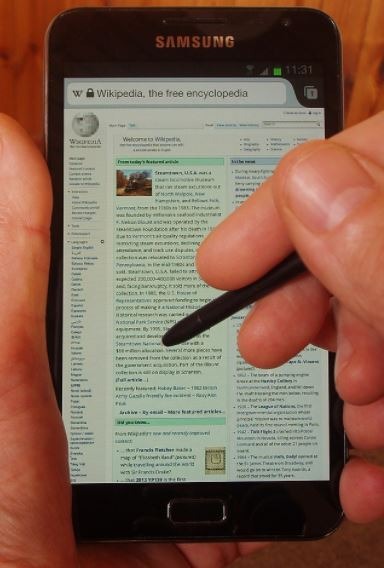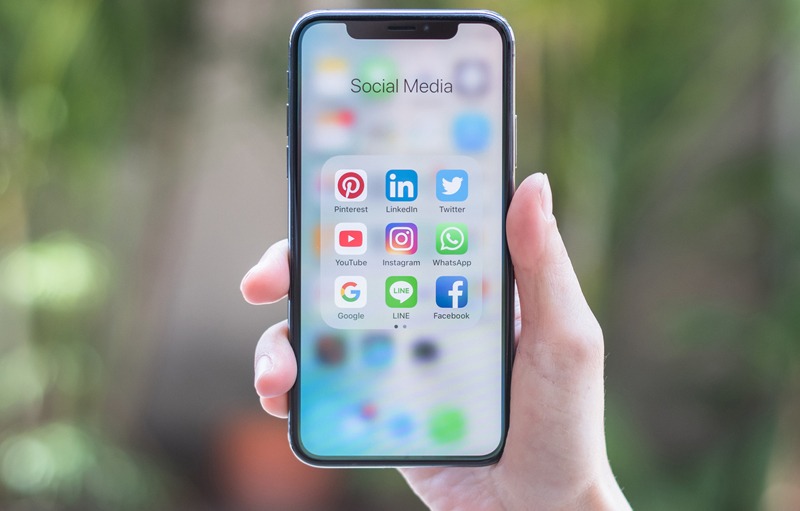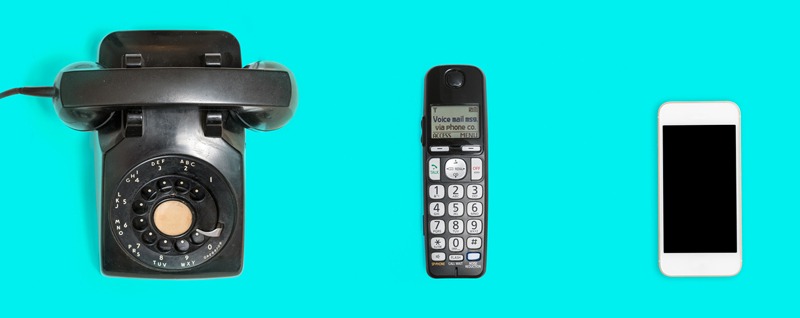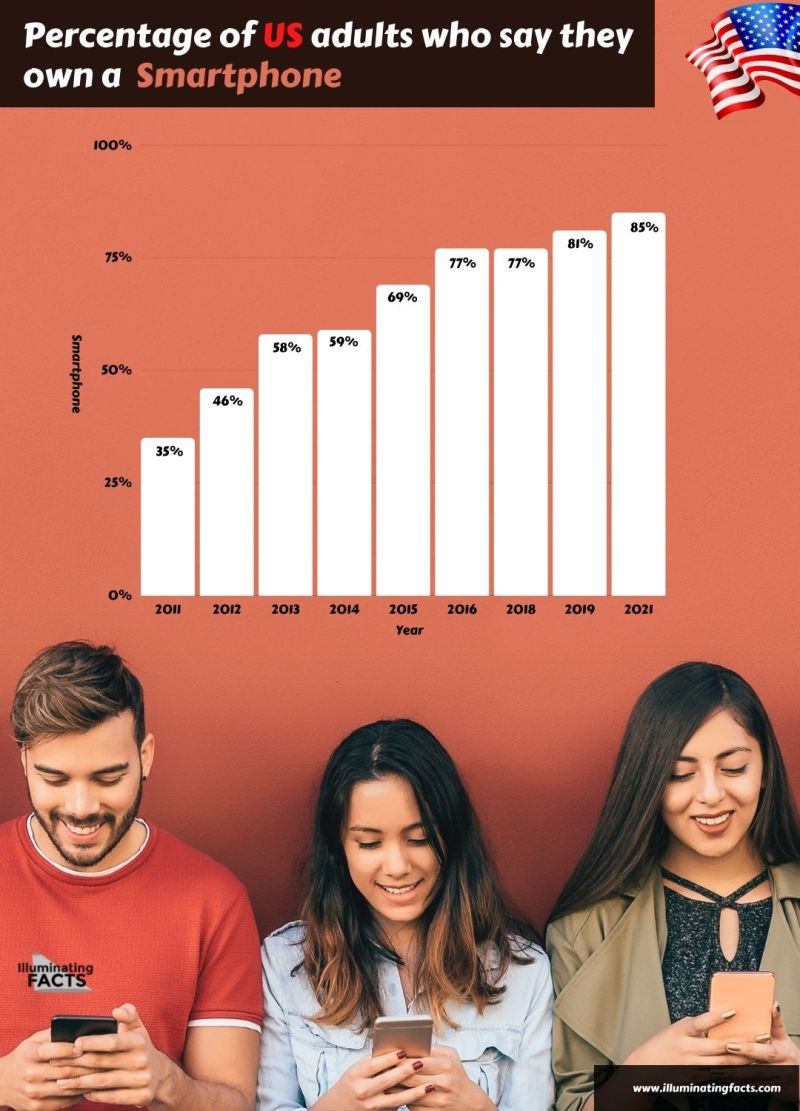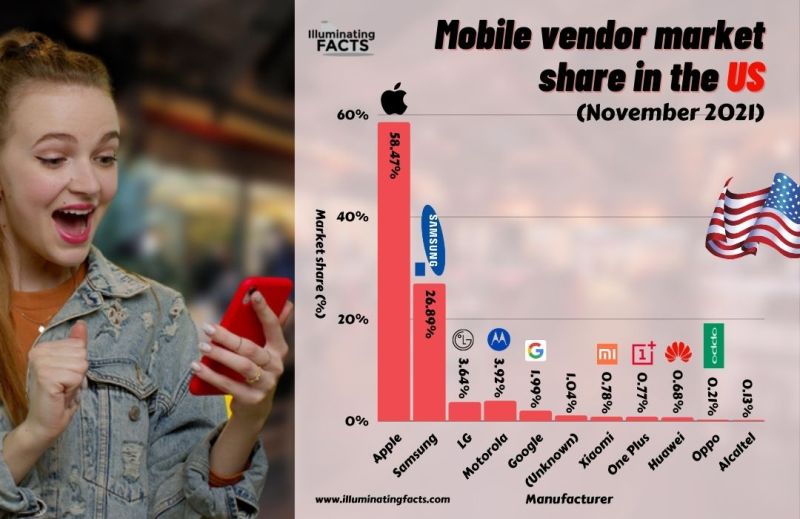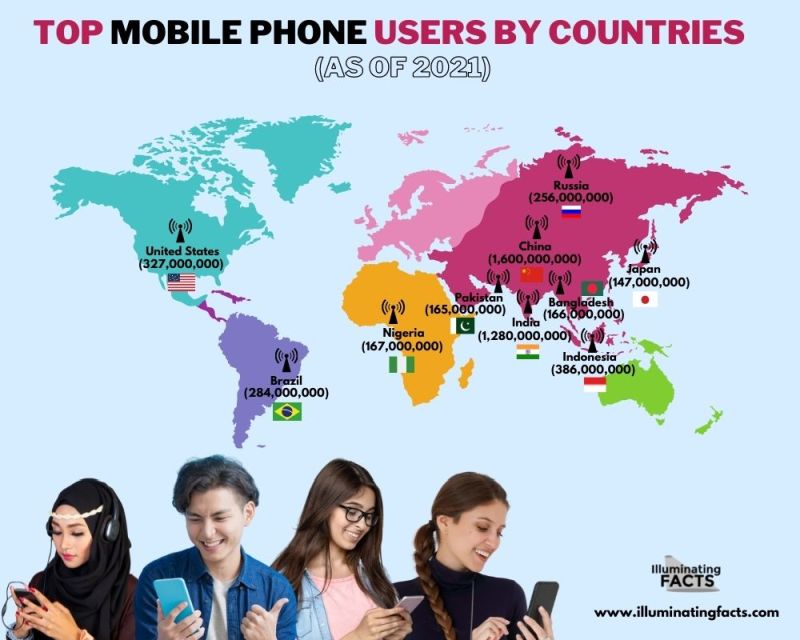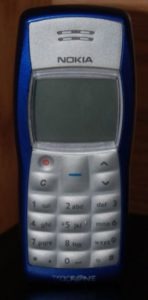A few decades ago, technology such as the mobile phone was inconceivable. Nowadays, though, almost everyone has a mobile phone, and our daily lives seem inextricably tied to it. Mobile phones, particularly smartphones, have gone beyond their core function – to make calls. First, there was the SMS, then MMS, and then games. Newer features – capacitive touchscreens, front and rear cameras, video cameras, music players, Bluetooth and Wi-Fi connectivity, and Web browsers, among other things – would further enhance the user experience. Since the advent of mobile apps, they have opened a whole new world of possibilities – checking emails, online chatting, making video calls and teleconferences, online shopping, online dating, and many other things. We now take these features for granted, but they were once unheard of.
It’s hard to imagine life before mobile phones (particularly smartphones), and now it’s hard to imagine life without them connecting us to people across the city, country, and the world. It looks like smartphones have become our life companions.

global network concept
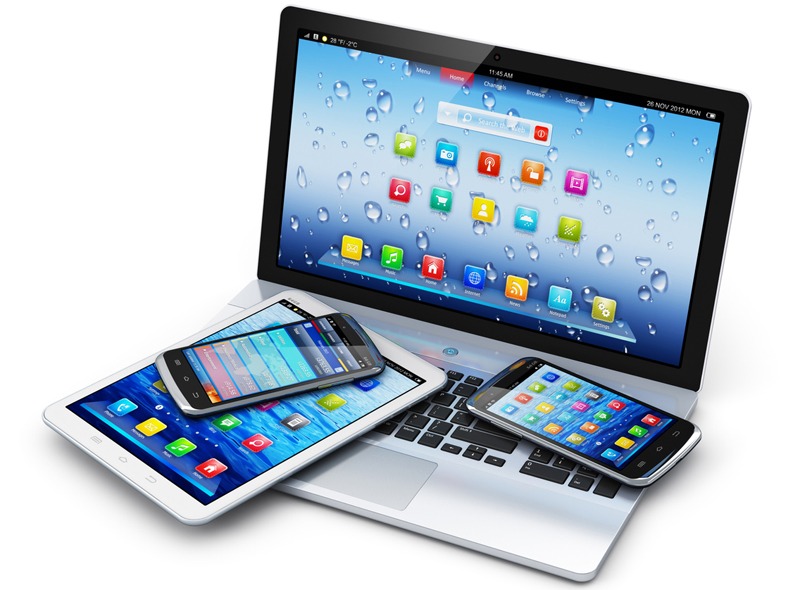
mobile devices
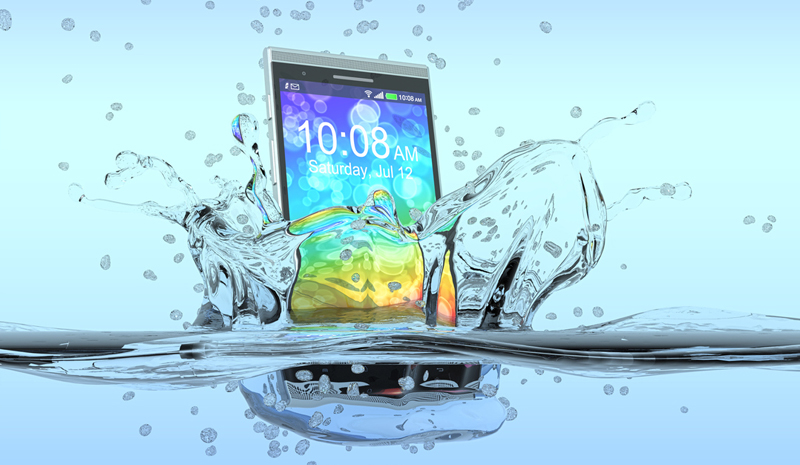
phone in water
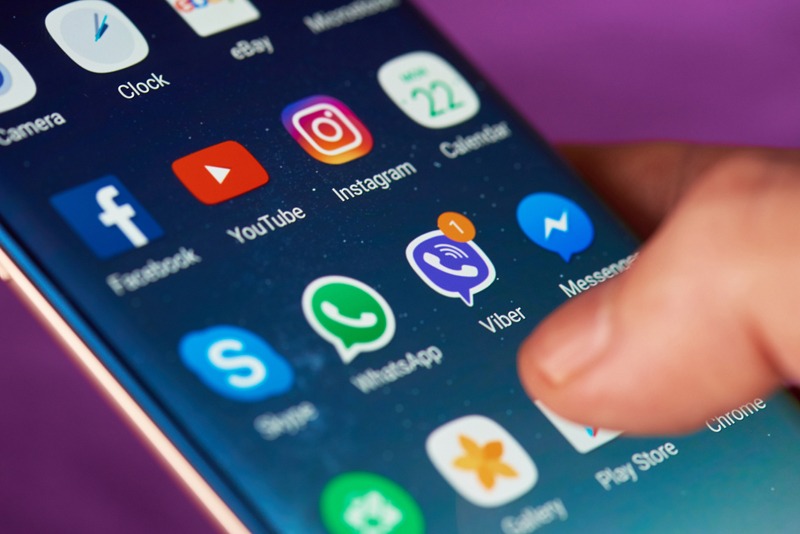
smartphone screen display
Mobile phones have certainly come a long way, from the bulky handsets in the past to today’s slim and lightweight smartphones that pack a lot of impressive features, from camera to battery life to face recognition. Needless to say, mobile phones have changed so much over the decades.
The global smartphone market has never been bigger on the industry side, having crossed the hundred-billion-dollar mark each year on varying trends. Mobile phone companies continue to develop newer smartphone models at every turn, vying for the consumers’ attention with their newer and sleeker features, both in hardware and software.
And it looks like there’s no stopping the consumers from snapping up the latest models. From the most expensive brands to midrange models to affordable flagship phones, there’s a smartphone for people from all walks of life. While smartphone ownership will not always be equal, there’s no doubt that it is growing rapidly around the world.
History
Although mobile phones, particularly smartphones, have become our inseparable companions, they have not been here for very long.
The history of mobile phones goes back to the turn of the century. In 1908, a professor named Albert Jahnke and the Oakland Aerial Telephone and Power Company attempted to create wireless phones when they claimed to have invented them. They were accused of fraud, and the charges were then dropped, but they didn’t seem to proceed with production.[1]
Some of the earliest wireless phone trials and services took place in Germany. In 1918, the German railroad system tested wireless telephony on military trains between Berlin and Zossen. In 1924, public trials began with telephone connections on trains between Berlin and Hamburg. In 1925, the company Zugtelephonie AG was established to supply telephony equipment. The following year, telephone service in trains of the now-defunct Deutsche Reichsbahn (German state railway) and the German Reichpost (German postal service) on the route between Berlin and Hamburg was given the go signal and offered to first-class passengers.
By the 1940s, some telephone companies had begun offering mobile telephones for automobiles. But, mobile phones at the time were big and bulky. They also consumed large amounts of power, and the network supported only limited simultaneous conversations, unlike today’s cellular devices that allow automatic and prevalent use of mobile phones for voice and data communications. In the 1950s and 1960s, the first real car phones (not car radios) were introduced. Although the system still used push-to-talk phones, it was an improved version of an automobile phone that actually worked.
We’ll go fast-forward to the 1970s when mobile phones began to be used in a way that is familiar to us today. In 1973, Dr. Martin Cooper, a Motorola executive and researcher made the first call using a handheld subscriber mobile phone. The device in question was big and bulky, weighing 1.1 kilos (2.4 pounds) – a very far cry from the much smaller, slimmer, and more lightweight smartphones today.[2] Dr. Cooper was placing a call to Dr. Joel Engel, an engineer from rival company Bell Labs.
It would take a decade before Motorola would make the phone that Cooper used in his first call available to subscribers. In 1983, the company launched the DynaTAC, one of the first 1G (analog) cellular phones and also one of the portable phones made for commercial use. The phone was still big and bulky, costing $4,000 (around $11,000 in today’s money). The DynaTAC had a talk time of only 30 minutes and took ten hours to charge. But despite the weight, low battery life, and limited talk time, the DynaTAC was a success, as evidenced by its strong consumer demand – its waiting lists were in the thousands! Six years later, in 1989, Motorola followed up the DynaTAC with the MicroTAC, which was definitely lighter than its predecessor and is believed to be the world’s first flip phone with a mouthpiece on its lid. In 1996, Motorola made waves again with the StarTAC, which is assumed to be the world’s first clamshell mobile phone.
Finnish company Nokia released the Nokia 1011 in 1992. It was the first mass-produced GSM phone and the company’s first phone to have SMS (text) capabilities. It stayed in production until 1994.
Before 2000, Nokia burst onto the scene and took the market by storm. The Nokia 6000 series introduced phones with a durable and rectangular body that could fit perfectly into one’s palm, pocket, or purse – a far cry from the earlier bulky phones. It was the first portable phone that was more affordable and, thus, made for mass consumers. Later models from this series allowed users to browse the Web.
Around the same time, Samsung launched the Samsung SPH-I300 with a touchscreen feature, which allowed users to dial numbers directly on the screen. Thus, it was one of the “ancestors” of today’s smartphones.
On New Year’s Day 1999, Japan introduced the world’s first commercial camera phone, the Kyocera VP-210 “Visual Phone.” [3] USA’s Sprint began the camera phone trend in the country by releasing the Sanyo SCP-5300. It cost $400 (about $614 in today’s money) and could only take shots at 640 x 480 pixels. But the concept of a camera phone was quite novel, and soon camera phones became sought after. However, other features took precedence, and it wasn’t until smartphones were invented that the camera (and its quality) improved dramatically.
Although the iPhone, released in 2007, is commonly thought of as the world’s first smartphone, the Kyocera QCP-6035 actually was the first proper smartphone. It was released for the American market in 2001, one of the first devices to combine mobile phone features with a personal digital assistant (PDA).[4] Each unit cost $400 to $500 ($642 to $803 in today’s money), depending on the carrier.
In 2007, South Korean company LG released the LG Prada, the result of its collaboration with Italian luxury designer Prada. It was the first phone with a capacitive touchscreen. [5] LG had announced the coming of Prada’s release in December 2006, shortly before Apple’s founder and CEO Steve Jobs announced the release of the iPhone. After the release of the iPhone in June 2007, LG alleged that Apple had stolen the idea from LG Prada.
At this stage, cell phones began to transition from their role as a basic means of communication to a device relied on for many daily tasks. Despite the release of the other smartphones ahead of the iPhone, Apple took advantage of its strong branding and superior knowledge of the capacitive touchscreen’s potential to catapult the iPhone to its stratospheric success.
Apple’s iPhone introduced the full touch screen, Internet access through its default browser, Safari, a virtual keyboard, and full rich-text email access.
The release of the first iPhone was definitely groundbreaking in smartphone history. But it wasn’t long before Apple would face some direct competition. Google developed its own operating system, Android, to compete with iPhone’s iOS. In 2008, Taiwanese firm HTC released the HTC Dream, the first commercially released smartphone to run the Android OS (Android 1.0). But the HTC still featured a physical keyboard (slide keyboard), apart from a multi-touch screen.
After Apple released the iPhone, it launched the App Store with 500 apps. It was an astounding success, with over 10 million app downloads in the first week. Apple’s rival, Android, followed with its own app store, the Android Market (now Google Play), with 50 apps.
2010 was a turnaround year not only for Apple but also for the entire smartphone world. The iPhone 4 made its debut – it was a slim, futuristic-looking phone with longer battery life. Within that year, the succeeding iPhone 4S added its first personal assistant, Siri.
Apple’s smartphone rival, Samsung, believed that “bigger is better.” Thus, in October 2011, it launched the Galaxy Note, a larger-size phone with a distinctive feature – a stylus pen, the “S Pen,” placed on the side edge of the phone. The original Galaxy Note was successful, with over one million units shipped less than two months after its release. By the first quarter of 2012, over five million Galaxy Note units had been sold.
In 2012, Samsung released the Galaxy S3 with a much larger display than its competitors (4.8 inches). All of a sudden, it became a battle of the big screen among smartphone giants. Apple responded to Samsung with the iPhone 6 with its 4.7-inch display and then the iPhone 6 Plus, which featured an even bigger 5.5-inch display.
In 2015, Samsung tested the waters with its first Galaxy Edge phone, which featured a display curving across the right side of the device.
Apple released the iPhone 8, whose distinguishable features were the durable and beautiful glass backs, resistance to dust and water, and wireless charging. It was designed for the kind of lives we live with our mobile phones now.
In 2017 – ten years after the first iPhone was released – Apple launched the iPhone X with unprecedented features. Among them was the full-screen display with no physical home button that existed in previous models. Another groundbreaking feature was facial detection that would unlock the device and other functions.[6] The iPhone X was a runaway success – it sold 63 million units in its year-long run, blowing the tech analysts’ predictions away.
Foldable or flip phones had been commonplace for quite some time, but a foldable smartphone was quite a novel idea. This concept dates back to Nokia’s “Morph” phone in 2008. Samsung presented the same idea in 2013 as part of a bigger set of concepts using flexible OLED displays. In 2018, the Chinese startup Royole released the Royole Flexipai, the world’s first commercially available foldable smartphone with an OLED display. [7]
In 2021, Apple released its latest iPhone 13, iPhone 13 Mini, iPhone 13 Pro, and iPhone 13 Pro Max, with major upgrades including longer battery life, computational photography, and rack focus for video in the new “Cinematic Mode” at 1080p 30 fps (in iPhone 13 Pro and Pro Max), among other new features.
Tech and smartphone companies, both established names and new players, continue to compete for a share of the market, which means that the phones they create continue to evolve. With endless possibilities in the mobile phone world, it’s quite hard to say what will be next. It’s even more difficult to predict how the changes will impact how we communicate and, quite possibly, how we think.
Mobile phone history timeline
Here’s the evolution of the mobile phone as depicted by its timeline:
The dawn of mobile phones
1908 – Professor Albert Jahnke and the Oakland Aerial Telephone and Power Company claim to have invented the mobile phone. They are later accused of fraud, and the charges are then dropped, but they don’t seem to proceed with production.
1918 – The German railroad system tests wireless telephony on military trains between Berlin and Zossen.
1924 – Public trials start with telephone connections on trains between Berlin and Hamburg.
1926 – Telephone service on trains of the Deutsche Reichsbahn (German state railway) and the German Reichpost (German postal service) on the route between Berlin and Hamburg is approved and offered to first-class passengers.
1956 – The first real car phone is introduced.
1959 – Bell Telephone Laboratories is granted a mobile radio-telephone system patent.
The era of consumer handsets and feature phones
1973 – Dr. Martin Cooper, a Motorola executive, invents a personal handset and uses it to make a phone call, being the first person to do so.
1982 – Nokia launches its first mobile phone, the Nokia Mobira Senator, designed to be used in cars.
1983 — Motorola launches the DynaTAC, one of the first 1G (analog) mobile phones for commercial use.
1989 – Motorola launches the MicroTAC, believed to be the world’s first flip phone.
1990 – The first digital cellular phone call is made in the United States, thus introducing the 2G technology.
1994 – Nokia releases the Nokia 1011, the first mass-produced GSM phone.
1996 – Motorola introduces the StarTAC, believed to be the world’s first clamshell phone.
1998 – Nokia begins its business-targeted 6000 series with the Nokia 6110.
1999 – Japan releases the world’s first commercial camera phone, the Kyocera VP-210.
The smartphone era
2001 – The Kyocera QCP-6035, one of the world’s first smartphones, hits the American market.
2007 – The LG Prada is released. It is the world’s first mobile phone with a capacitive touchscreen.
2007 – Apple introduces the iPhone.
2008 – Apple introduces the App Store with 500 apps.
HTC launches the HTC dream, the first device to run the Android OS.
Android launches its own app store Google Play (initially known as Android Market).
2008 – Samsung releases the first Galaxy Note, the first smartphone with a stylus pen (S Pen).
2015 – Samsung releases the Galaxy Edge, featuring a display curving across the right side of the device.
2017 – Apple launches the iPhone X, the first smartphone with a full-screen display, no physical home button, and another new feature, facial recognition.
2018 – Chinese startup firm Royole launches the Royole Flexipai, the world’s first commercially available foldable smartphone.
Mobile phone ownership over time in the US

Today, most Americans (97%) own a mobile phone of some kind.
According to a study conducted by the Pew Research Center, 85% of Americans will own a smartphone in 2021, compared to only 35% a decade earlier.
Data source: https://www.pewresearch.org/internet/fact-sheet/mobile/
Mobile vendor market share in the US (2021)
The statistics below show the market share of the top ten leading smartphone original equipment manufacturers (OEMs) in the United States in 2021.
Data source: https://gs.statcounter.com/vendor-market-share/mobile/united-states-of-america
Top mobile phone users in the world

According to Statista, there are about 7.10 billion mobile phone users as of 2021, which means 89.76% of the world’s population own mobile phones. Out of that, 7.10 billion mobile phone users are 6.37 billion smartphone users, meaning 80.63% of the world’s population have smartphones.[9]
Data source: https://worldpopulationreview.com/country-rankings/cell-phones-by-country
Mobile vendor market share worldwide
The statistics below show the market share of the top ten leading smartphone original equipment manufacturers (OEMs) worldwide in 2021.
While Apple still leads the worldwide phone market with its 28% share, it’s followed by Samsung only by a slim margin with its 27% market share.
Best-selling mobile phones of all time
So far, Nokia is still the undisputed king of mobile phone sales. Both bar phones, its 1100 and 1110 models, in 2003 and 2005 respectively. Both have sold 250 million units.[10]
Apple’s iPhone 6 and iPhone 6 Plus, both released in 2014, are the all-time best-selling touchscreen phones. They have sold over 222 million units combined. Unfortunately, there are no separate sales estimates for the iPhone 6 and iPhone 6 Plus, making it difficult to prove one way or the other which of the two sold more.
The best-selling flip phone is the Motorola RAZR V3, released in 2004. It has sold over 130 million units.
Samsung’s E250, released in 2006, is the best-selling slider phone. It has sold over 30 million units.
Samsung has sold the most models with 35. In 2020, around 1.35 billion mobile phones were sold, with Samsung taking the biggest chunk of the mobile phone market at 18.8%.
Between 1994 and 2018, all mobile phone manufacturers shipped more than 19 billion units globally.
The article can list only the top 10 best-selling mobile phones. Some models are tied in the same ranking depending on sales. (Please note that the data may be incomplete).
Data source: https://www.technobezz.com/best/the-20-best-selling-phones-of-all-time/
Top-selling smartphones of all time
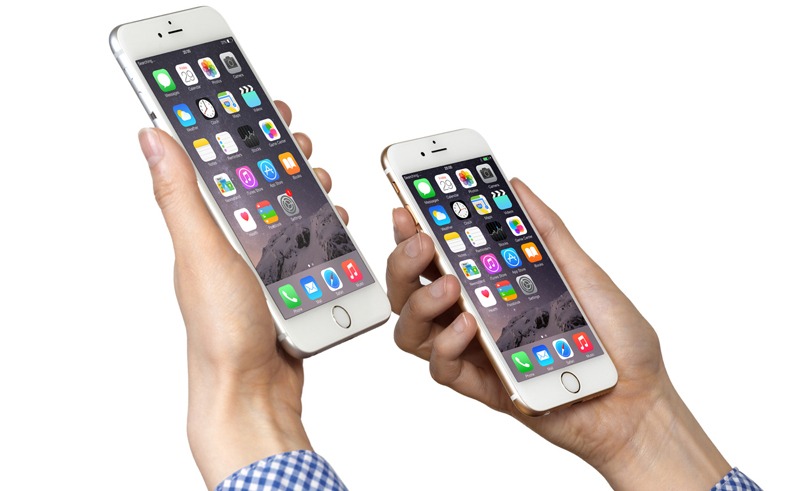
The demand for smartphones has continued to drive the market, even if it somewhat slowed down in 2020 due to the Covid-19 pandemic. Apple continues to dominate the global smartphone market, including its home ground in the United States.
However, Android phones such as Samsung, Huawei, and newer players (like Xiaomi, Oppo, Vivo, etc.) are catching up, especially in the last few years.
Interestingly, the Nokia 5230 is the only entry-level smartphone on this list that lacks Wi-Fi support. It was released in 2009, where Wi-Fi-capable smartphones were on the rise following the launch of the first iPhone two years before. Despite the lack of Wi-Fi connectivity, the Nokia 5230 sold an impressive 150,000,000 units, becoming the second-biggest-selling smartphone of all time.
The list also includes the combined sales of the iPhone 6/iPhone 6 Plus, iPhone 7/iPhone 7 Plus, iPhone 8/iPhone 8 Plus, and Galaxy S3/Galaxy S3 Mini each.
The iPhone 5 and the Samsung Galaxy S3/Galaxy S3 Mini are tied for eighth place, each having sold 63 million units.
With a dizzying number of features at varying price points, consumers are spoilt for choice for smartphone models these days, from high-end to cost-effective. More people are buying smartphones these days, but it appears they’re not yet satisfied. As new models emerge with much more dazzling features, consumers continue with their search for the “winning” smartphone that can exactly match their needs and lifestyle.
Interesting, strange, and fun mobile phone facts
- If you think your toilet handle is dirty, your own mobile phone could be more contaminated. Apparently, mobile phones have 18 times more bacteria on them than toilet handles.
- There’s a term for the act of snubbing someone by using your mobile phone in their company – “phubbing.”
- According to info from NASA, the average phone now has more computing power than the computers used for the Apollo 11 moon landing.
- Apple sold around 340,000 units per day back in 2012.
- The most expensive mobile phone is the Falcon Supernova Pink Diamond iPhone 6. Its casing is 18-karat gold, while its back has a large pink diamond. It cost $95.5 million!

- Over 80% of smartphones in the world today run on Android.
- While smartphones have become an everyday part of our lives, we hope you won’t become too dependent on them. Many people have become addicted to mobile phones that they may fear being without or away from their mobile phones, losing them, or even running out of battery or losing a signal! That fear is called “nomophobia.”
- Go easy with your phones! Mobile phone radiation has been linked with headaches, insomnia, infertility, and tumors.
- Over 90% of adults have their phones within arm’s reach at all times.
- Mobile phone throwing is an official sport in Finland.

- There are five times more mobile phones than PCs.
- Of all mobile malware, 99% target those who use Android phones.
- 70% of all mobile phones worldwide are produced in China.
- Scientists have developed a way to charge mobile phones using urine. Yes, gross, but it’s real!
- In the UK, around 100,000 mobile phones are dropped down the toilet every year.

- For an unusual reason, waterproof phones entered the Japanese market – youngsters liked to use them in the shower.
- There are more people in this world with mobile phones than toilets.
- Mobile phone users can be affected by “ringxiety,” a condition where someone thinks their phone is ringing or vibrating.
- Out of the six billion people in the world, there are more people who own mobile phones than those who own toothbrushes – 4 billion versus 3.5 billion, respectively.
- 65% of smartphone users download zero apps at all every month.
References
[1] “Ten Things You Might Not Know About The History of Mobile Phones.” (n.d.). Warped Factor. Available on: http://www.warpedfactor.com/2019/07/ten-things-you-might-not-know-about.html [accessed December 3, 2021]
[2] Steve Palopoli, 2021. “Cell Phone Inventor Martin Cooper on How His Technology Changed the World.” Good Times. Available on: https://goodtimes.sc/cover-stories/cell-phone-inventor-martin-cooper/ [accessed December 3, 2021]
[3] Serdar Yegulalp, 2012. “Camera phones: A look back and forward.” Computer World. Available on: https://www.computerworld.com/article/2473084/camera-phones–a-look-back-and-forward.html [accessed December 3, 2021]
[4] David MacNeill, 2001. “Kyocera Smartphone QCP-6035: Com together…” Pen Computing. Available on: http://www.pencomputing.com/palm/Pen40/kyocerasmartphone.html [accessed December 3, 2021]
[5] Rachel Tashijan, 2019. “The Bygone Age of Couture Computers.” GQ. Available on: https://www.gq.com/story/fashion-cellphones-prada [accessed on December 3, 2021]
[6] “iPhone X” (n.d.). Apple Insider. Available on: https://appleinsider.com/inside/iphone-x [accessed December 3, 2021]
[7] Matt Tate, 2019. “Royole Flexipai hands-on review.” Stuff. Available on: https://www.stuff.tv/review/royole-flexpai-hands-on-review/ [accessed December 3, 2021]
[8] “Mobile Fact Sheet” (n.d.). Pew Research Center. Available on: https://www.pewresearch.org/internet/fact-sheet/mobile/ [accessed December 3, 2021]
[9] “How Many Smartphones Are in the World?” (n.d,). Bank My Cell. Available on: https://www.bankmycell.com/blog/how-many-phones-are-in-the-world [accessed December 3, 2021]
[10] Stipe, 2016. “Fun Fact; 8 Out of 10 Most Sold Phones in History are Nokia Phones.” Nokia Mob. Available on: https://nokiamob.net/2016/12/08/fun-fact-8-out-of-10-most-sold-phones-in-history-are-nokia-phones/ [accessed December 3, 2021]

